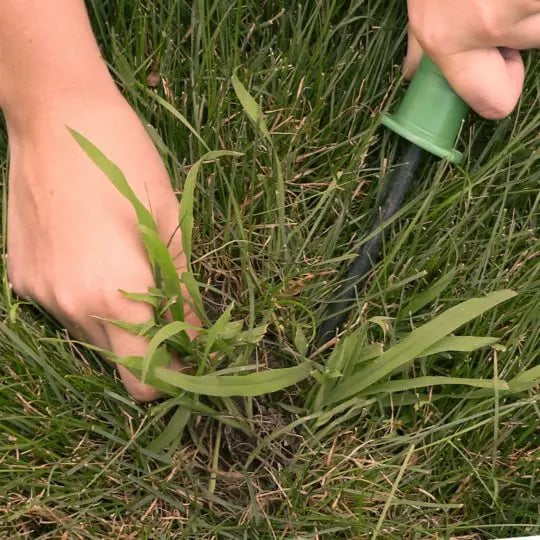The Crucial Timing for Crabgrass Prevention: When to Act in PA, NJ & DE

Crabgrass isn’t just an eyesore—it’s one of the most aggressive weeds in our region, competing with your healthy turf and taking over quickly if left unchecked. But the secret to keeping crabgrass out of your lawn is simple: perfect timing.
Miss the window, and crabgrass seeds will germinate—making control much more difficult.
Here’s exactly when and how to time your crabgrass preventer application for the best results in Pennsylvania, New Jersey, and Delaware.
Why Timing Matters
Crabgrass is an annual weed, meaning it dies off each fall but leaves behind thousands of seeds ready to sprout in spring. The trick is stopping those seeds before they germinate—which is where pre-emergent crabgrass preventers come in.
However, if you apply too early, the barrier may break down before germination even starts. Too late, and the seeds are already sprouting.
When Should You Apply Crabgrass Preventer?
For PA, NJ, and DE lawns, the key indicator is soil temperature.
Crabgrass begins germinating when soil temperatures reach 55°F consistently for a few days.
☀️ To hit the sweet spot:
- Apply your pre-emergent preventer 10–14 days before soils reach 55°F.
- Typically, this falls between mid-to-late March through early April, depending on weather patterns.
📍Local trick:
Watch for forsythia bushes—those bright yellow blooms signal that crabgrass germination is right around the corner!
What Happens If You Miss the Window?
If crabgrass seeds germinate before you apply, pre-emergents won’t work—and post-emergent options aren’t as effective, especially once the crabgrass matures.
You’ll spend more time and effort fighting back the invasion all season long.
Need Help Getting the Timing Right?
At Green Lawn Fertilizing, we specialize in perfectly timed crabgrass prevention across PA, NJ, and DE. Our team monitors local soil conditions so you don’t have to, ensuring your lawn stays thick, healthy, and crabgrass-free.
Call us today at 855-469-0692 to learn more about our pre-emergent applications and how our Green Lawn Program keeps weeds like crabgrass out—year after year.
